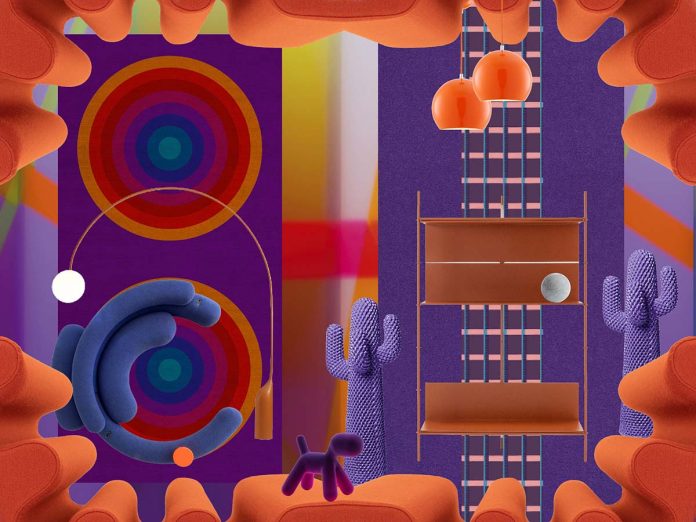The history of taste moves forward, often along very different and parallel paths. Today, driven by environmental awareness that is (finally) becoming more and more widespread, our sensibilities shift towards natural, relaxing materials and colors. But, at the same time, we are also seeing a desire for energy, with electric hues, on essential geometric forms.
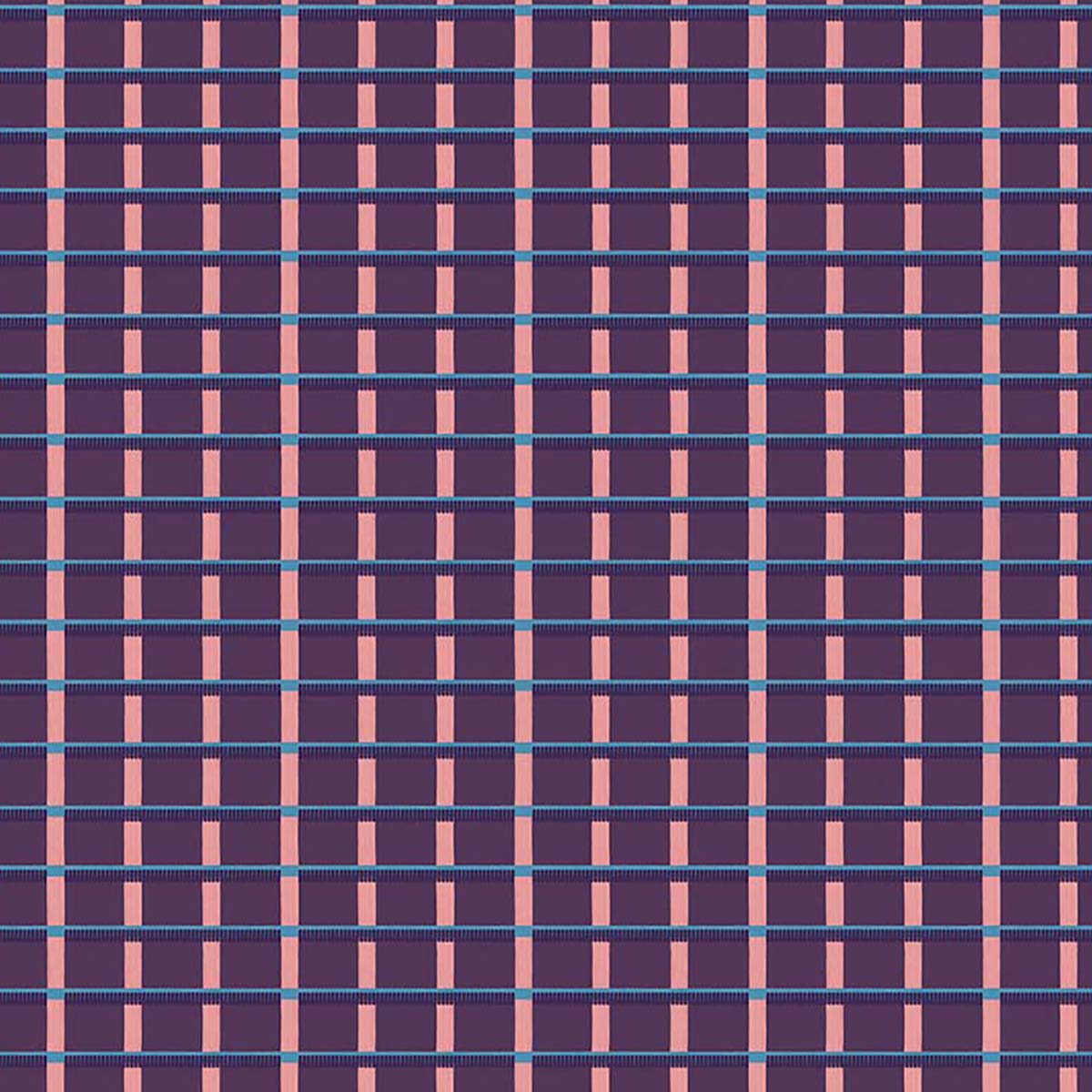

The lexicon of a great Danish designer, Verner Panton: which has never truly gone out of style, ever since he began to produce his futuristic furnishings and lamps in the 1960s. Today his approach has returned as a reference point. Because it is pop, revolutionary but also with a vintage patina that makes it comprehensible to all. This month’s moodboard is a tribute to courage and fantasy, inspired by Visiona2, his famous installation in 1970 created for the Cologne Furniture Fair, a “home of tomorrow, fluid, magmatic, with hyper-saturated colors. As in the psychedelic grotto by Panton, we too have imagined a frame of organic forms, which is actually deceptive, because it is the result of improper use of the silhouette of a famous chair.
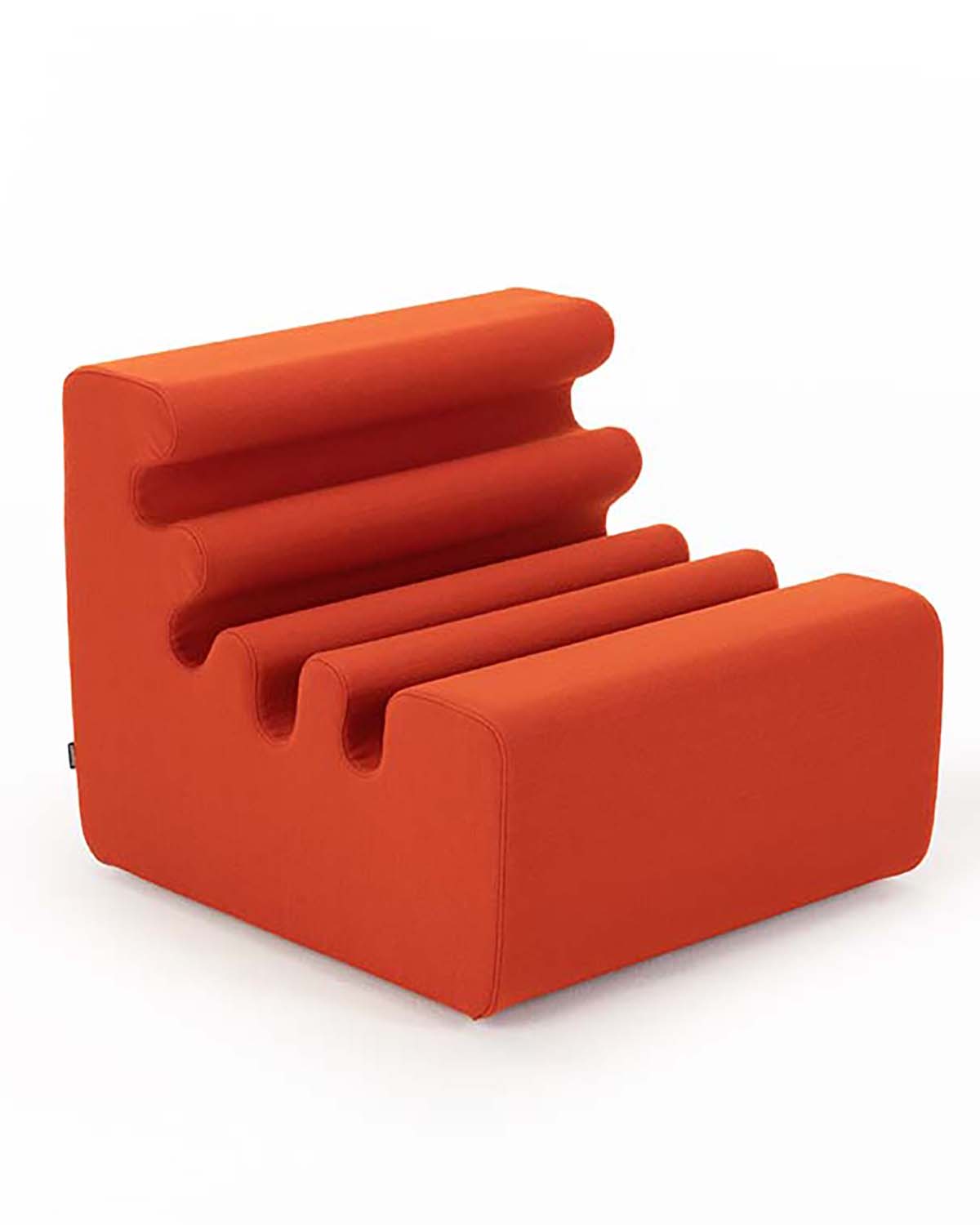
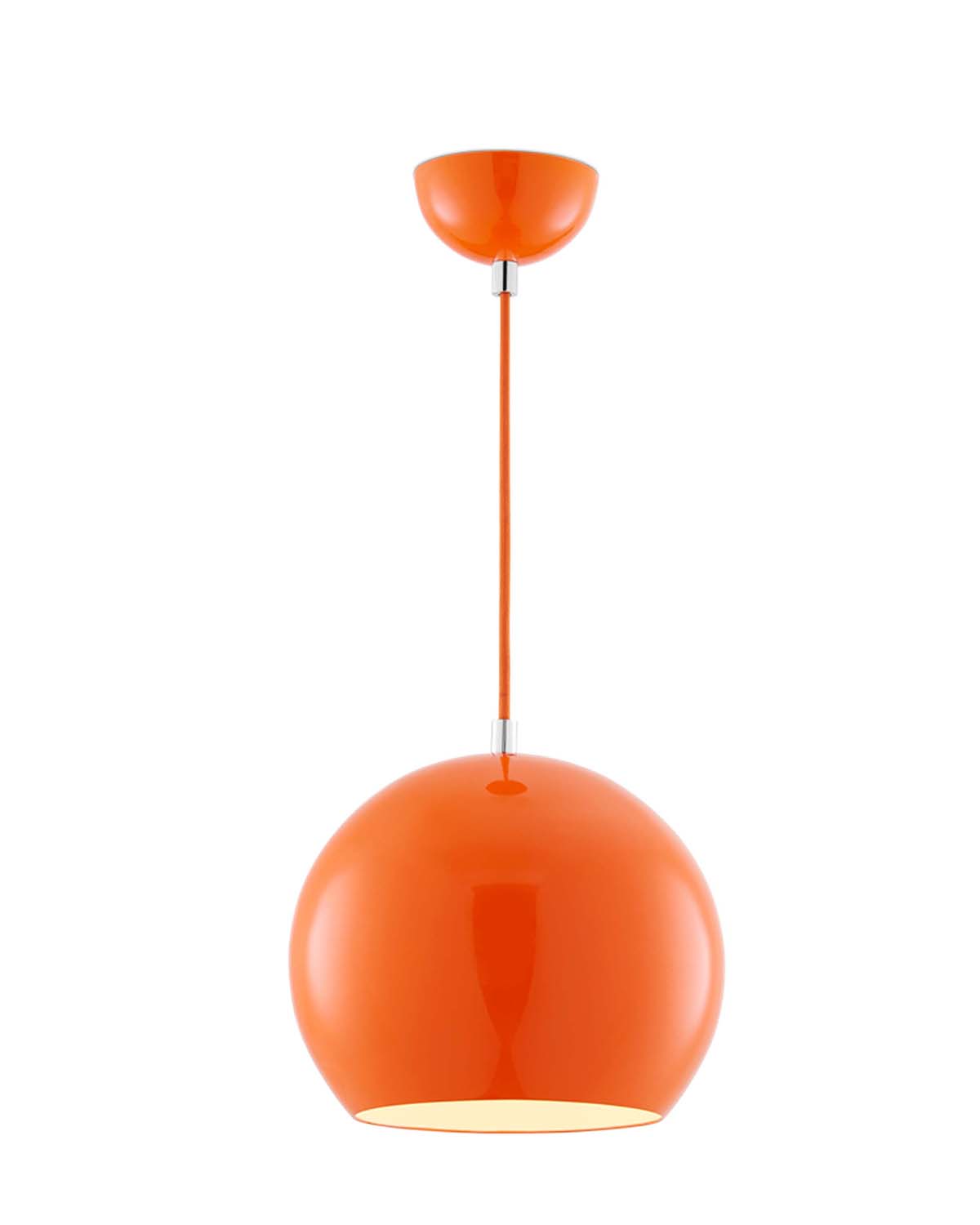
On the two sides we see a reference to balanced colors and textures, where neither tone prevails. In one case there are circular forms, in the other the rectangle of a bookcase, because symmetry would have been a bit too banal. As in the radical vision and the break with the past suggested by Panton, we too have opted for strong, energizing hues. Fasten your seatbelts: the future is now. In the attempt to replicate the soft atmosphere of Visiona 2, we have inserted the furniture in a frame made of padded parts. Due to the unavailability of the Dralon synthetic fiber (produced by Bayer, which funded the project), the choice has gone to the Karelia chair created in 1966 by Liisi Beckmann for Zanotta: with its curves in all the right places, it was perfect for this role.
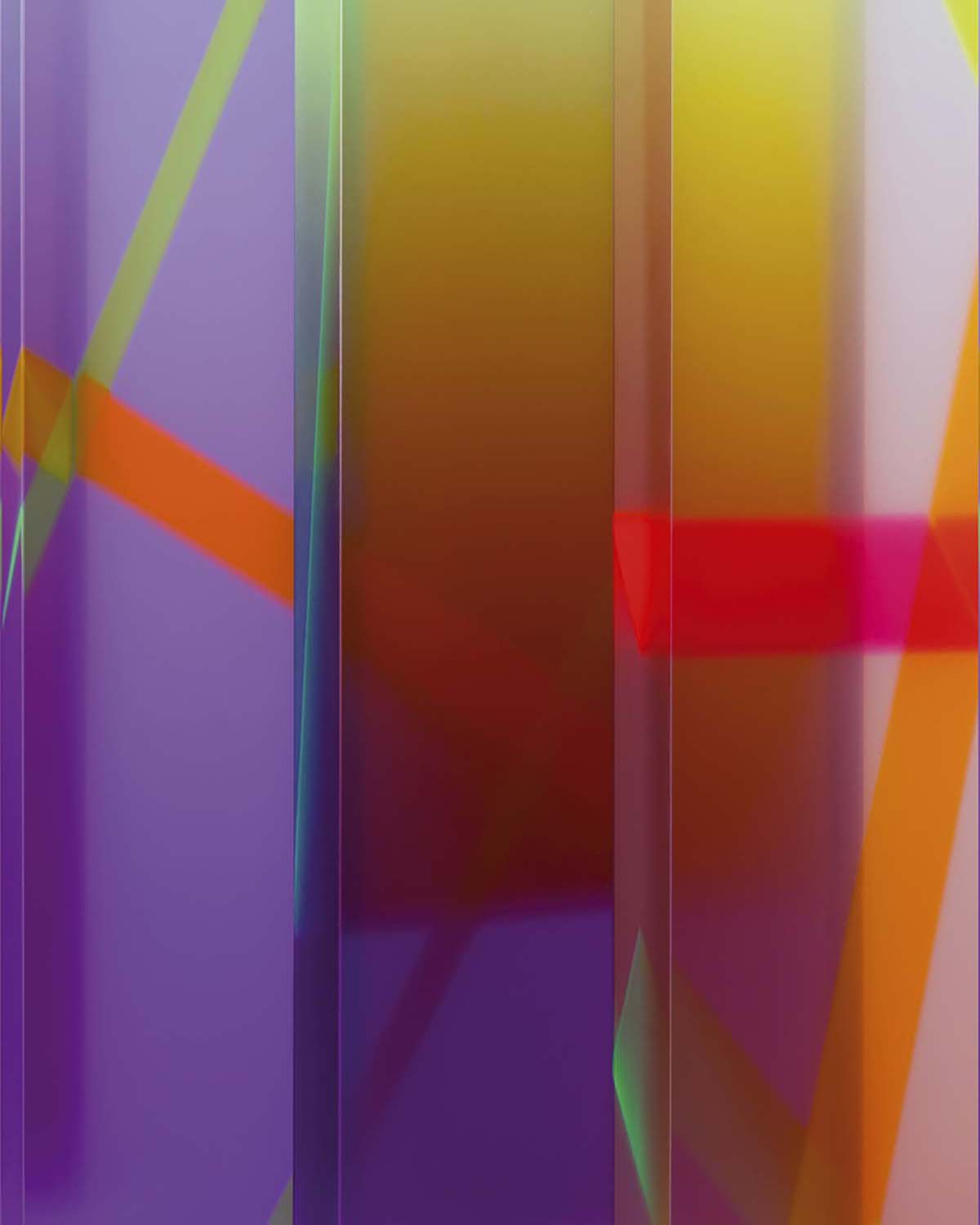
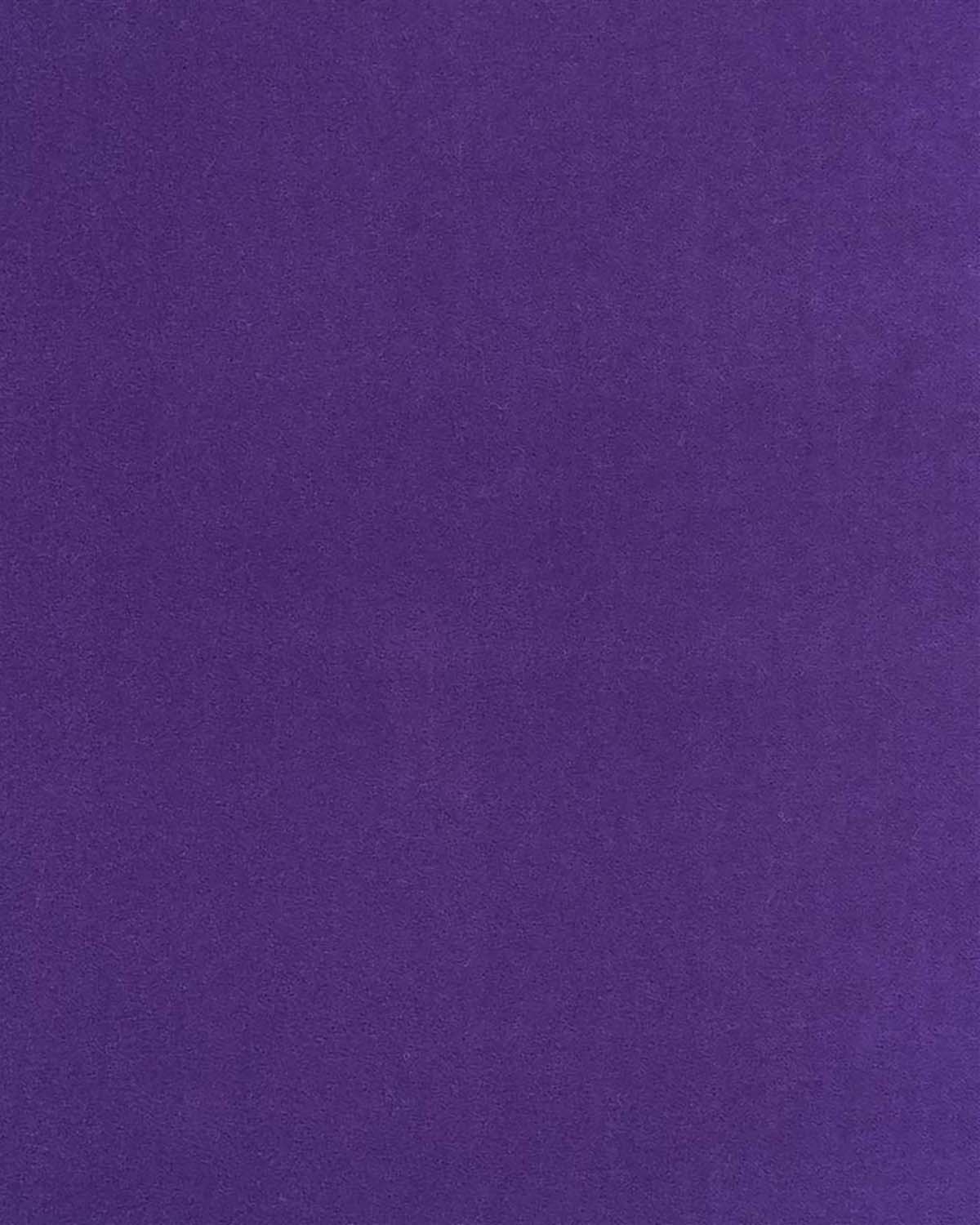
In the choice of the colors we have relied on – from left – Draga & Aurel for the Lightscape wallpaper, designed for Wall&decò; Tricia Guild for the violet velvet Varese Imperial from Designers Guild; and Ludovica Misciattelli, who has contributed the stripes of Motus 7, a geometric wallcovering by Spaghetti Wall.
Naturally the true protagonist is the new VP Domino Circle rug by Amini, ten square modules of identical size (60×60 cm) defined by ten geometric motifs in the eight colors of the chromatic scale of Verner Panton. Based on one of his projects developed in 1974, the collection contains circles, squares, waves, stripes, quarter circles and quarter squares made in fine hand-tufted wool, which lend themselves to being freely combined to generate various motifs on the floor or the wall, also ensuring acoustic comfort inside spaces.
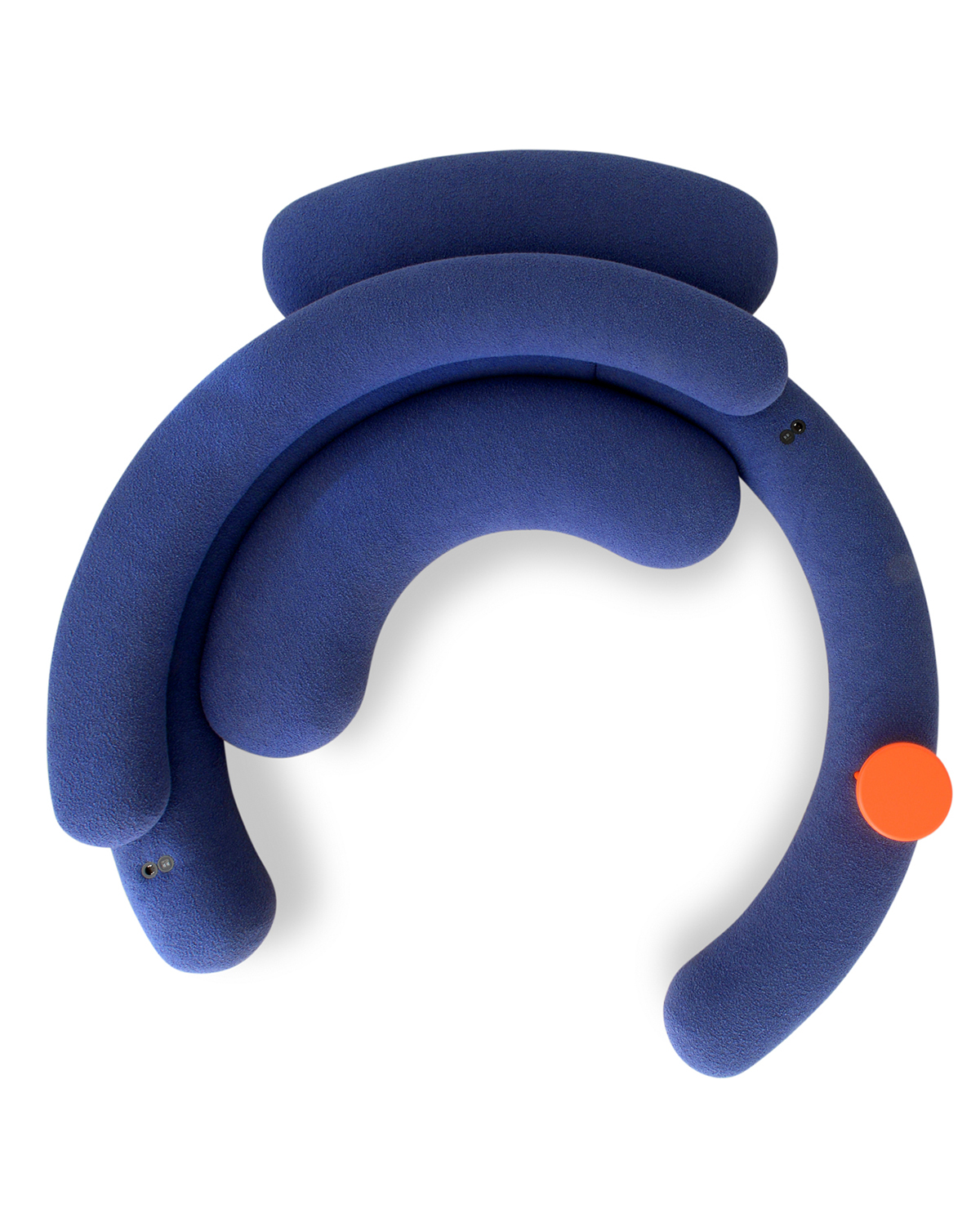
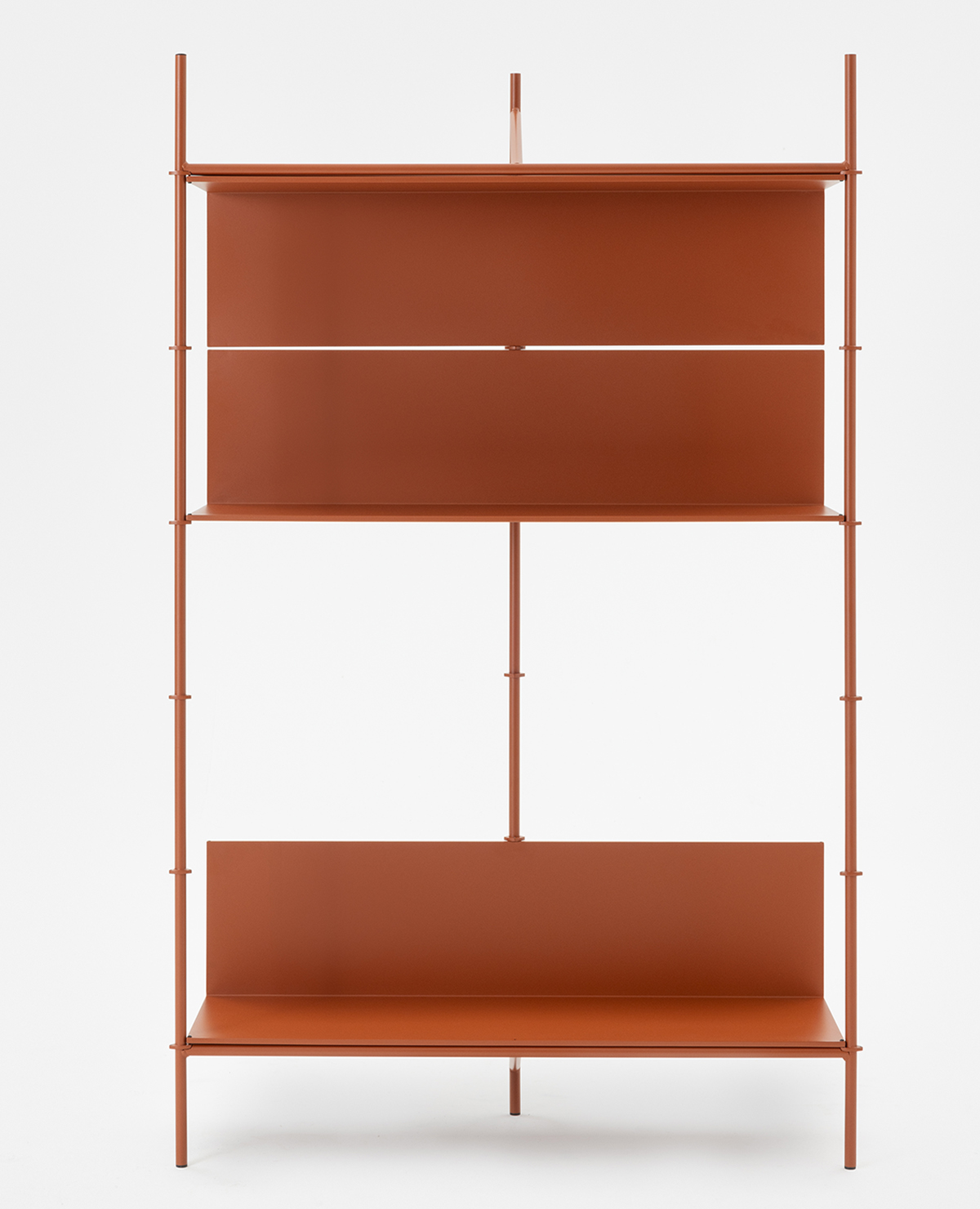
Another tribute to the circle appears in the Nefelibata modular sofa for Adrenalina, designed by Stormo Studio. The same mathematical precision is applied by Ferruccio Laviani in the tracing of a round arch, in his new Luce lamp for Kartell.
At center stage, we wanted to liven up our orange grotto with two elements that defy optical perception: Cactus®: The Invisible Spectrum by Guido Drocco and Franco Mello for Gufram, born in 1972 and now available in the Ultraviolet version, and the iconic Puppy designed by Eero Aarnio in 2005 for Magis, now with new “fur” thanks to a shaded, iridescent velvet effect.
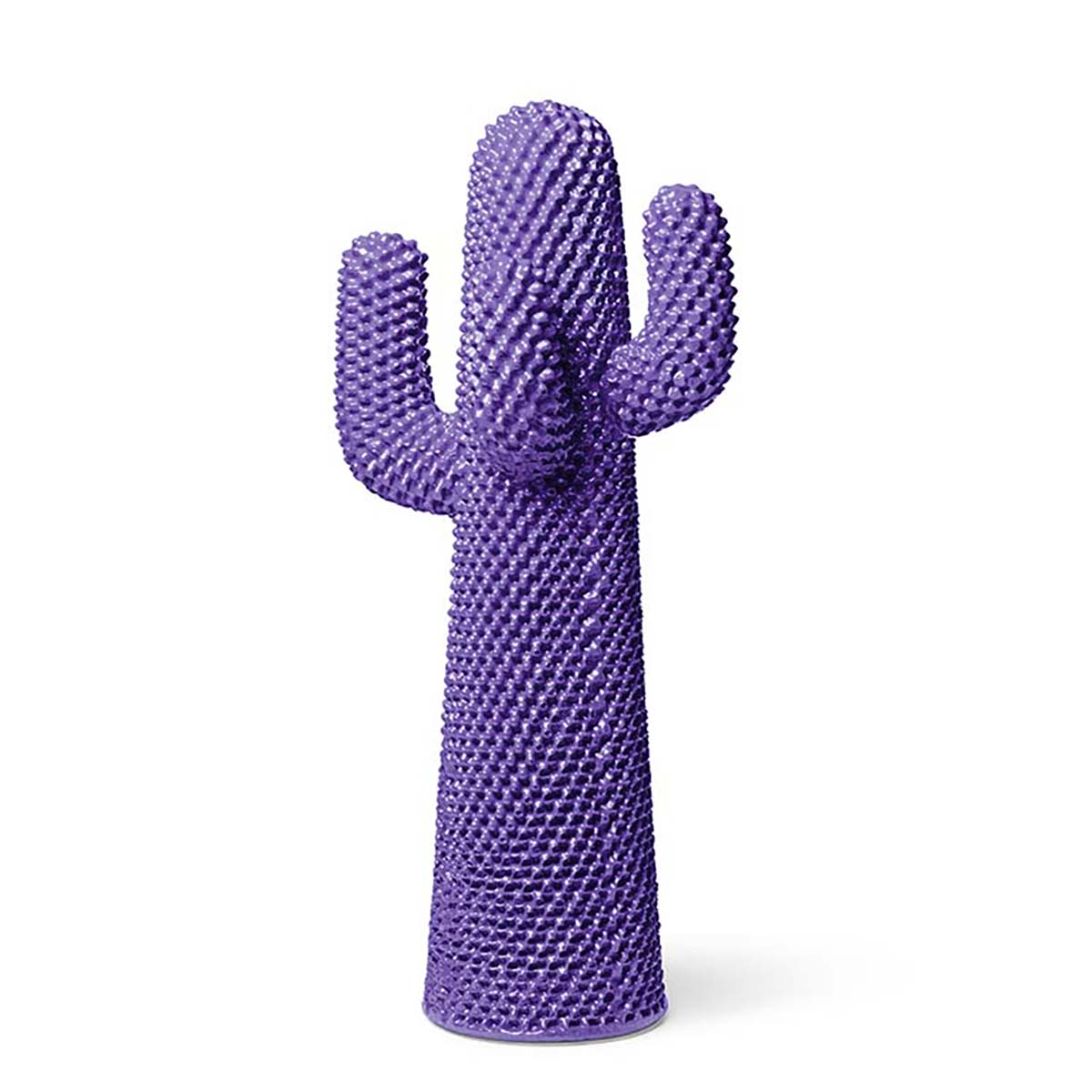
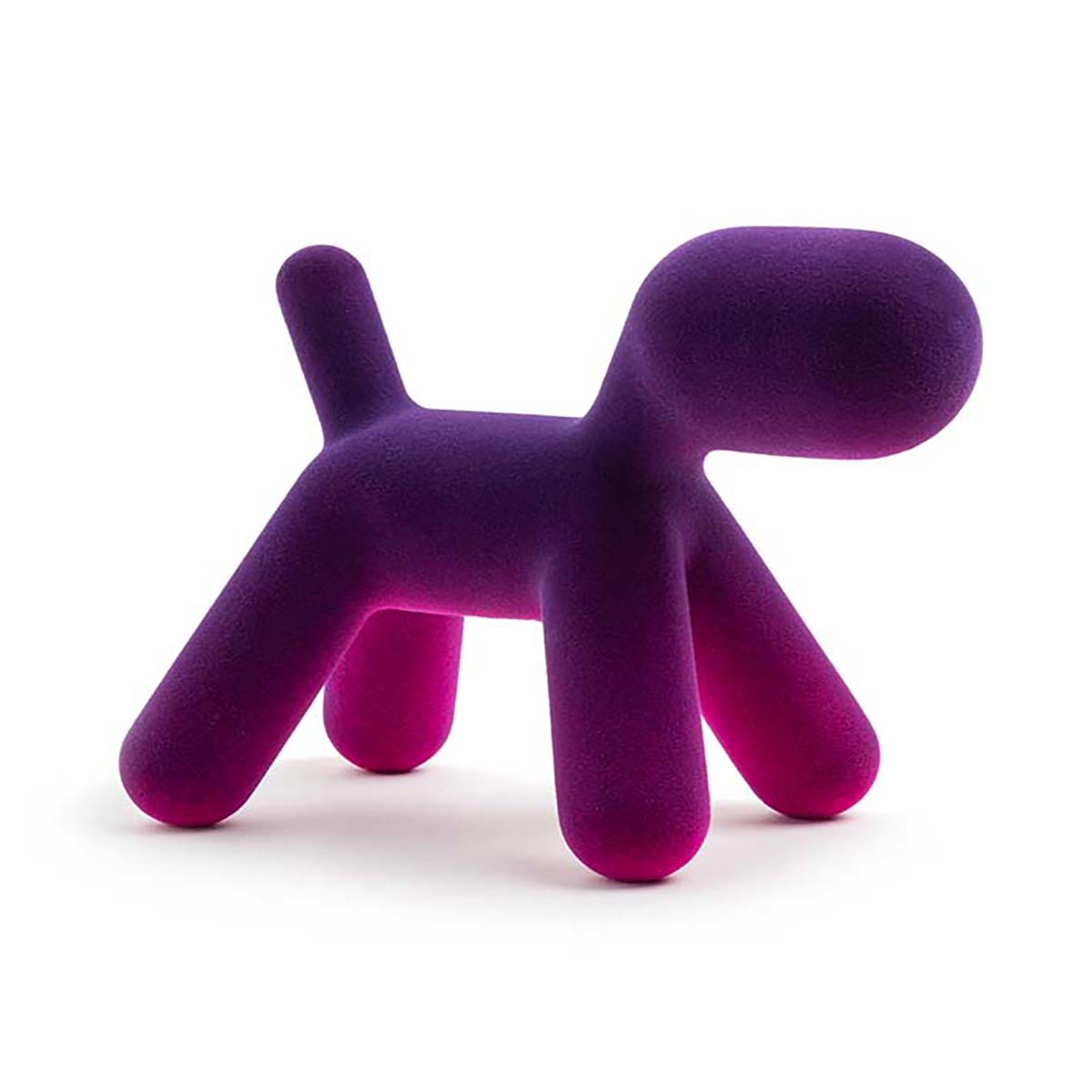
But there are not only curves: in the composition on the right, the rigor of the straight line brings architectural value to the whole. The Elle bookcase by Ferruccio Laviani for Mara is a variation on the theme of orthogonal relations.
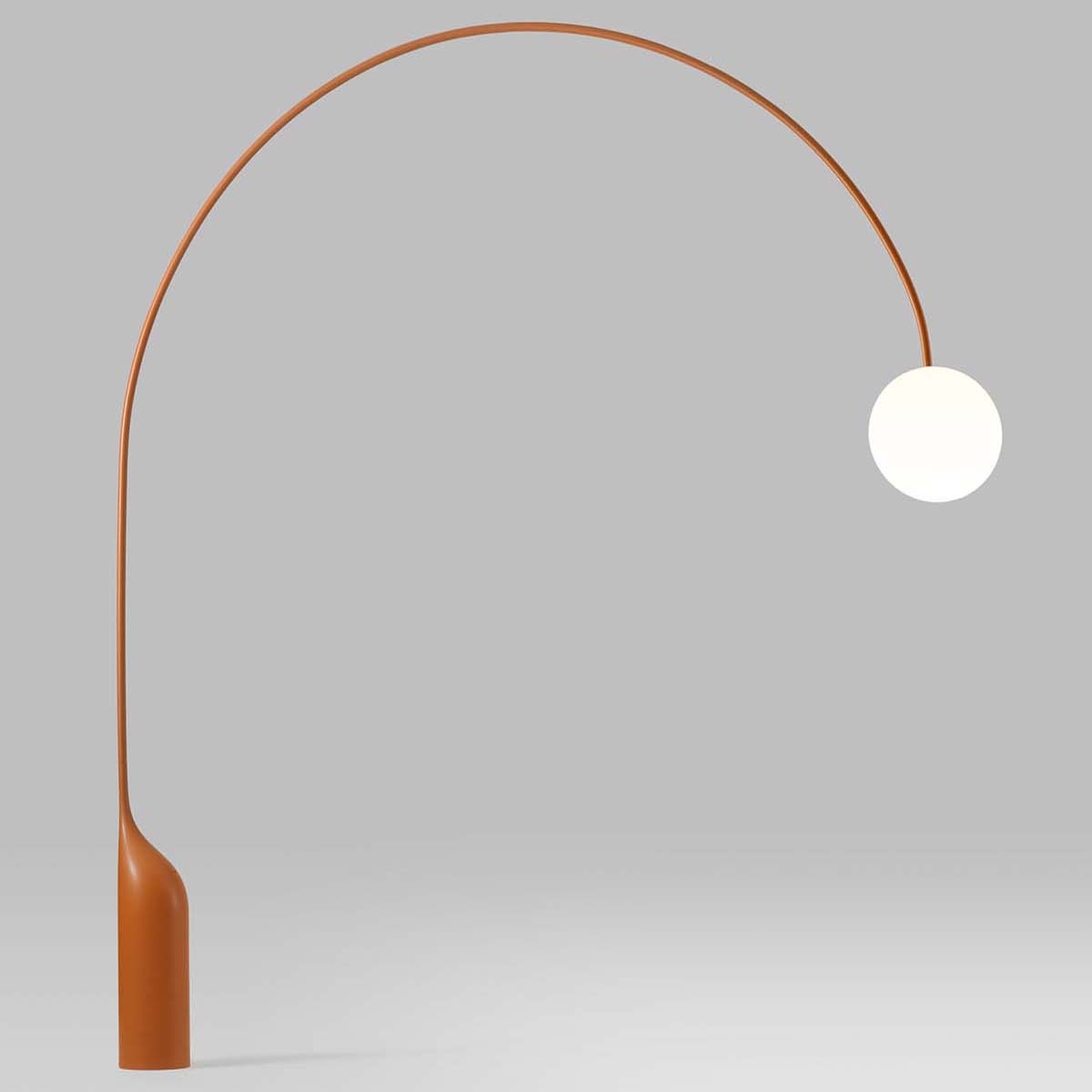
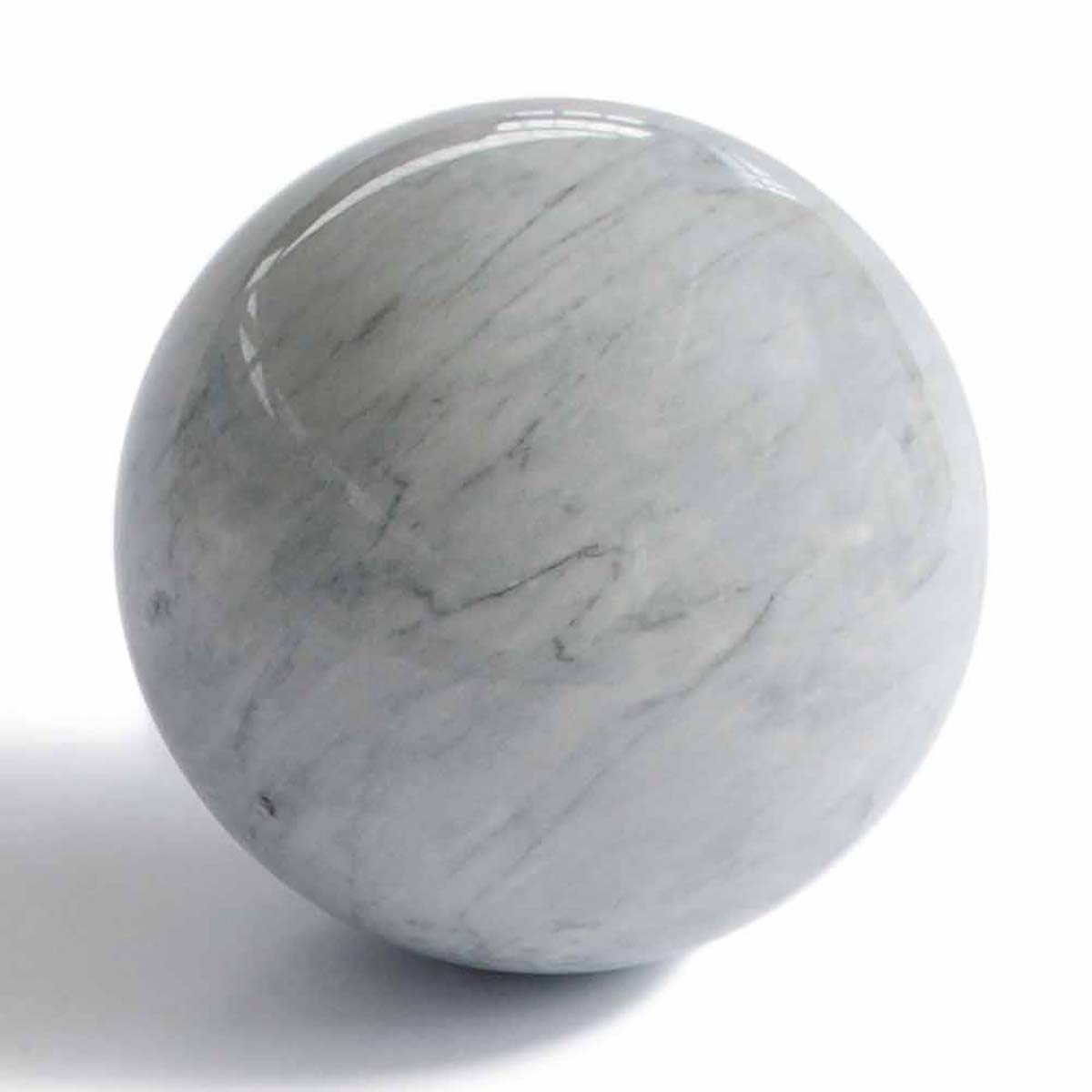
To finish this game of geometric shapes, we have chosen the Topan VP6 suspension lamp, again by Verner Panton, now produced by &tradition. The ball in polished gray Bardiglio marble is a paperweight: designed by FiammettaV, sold on Artemest.

